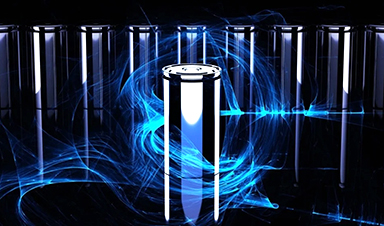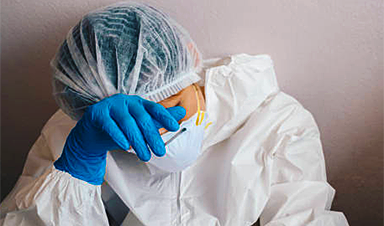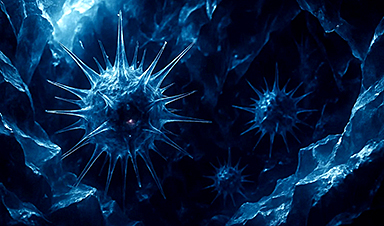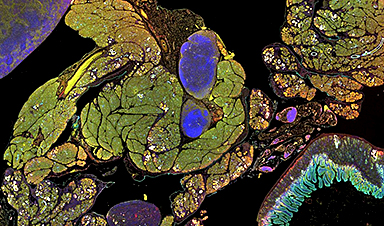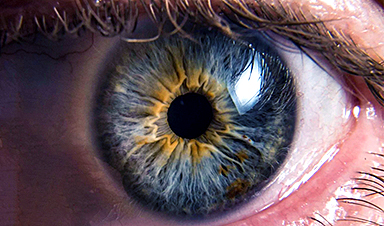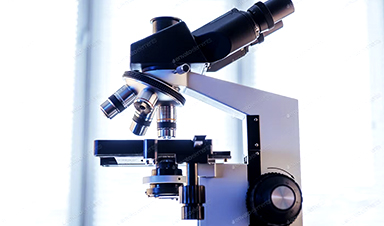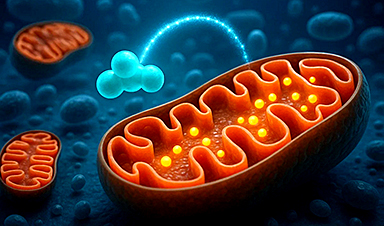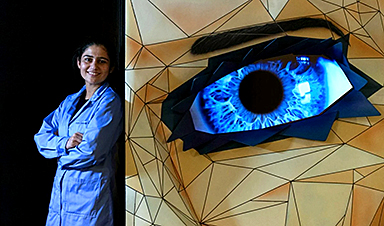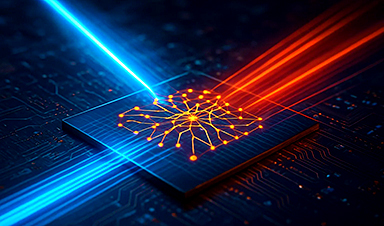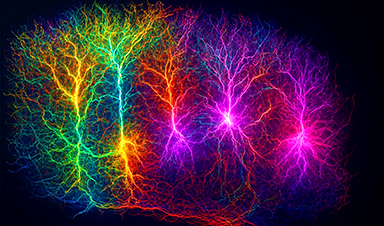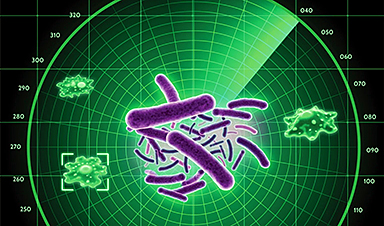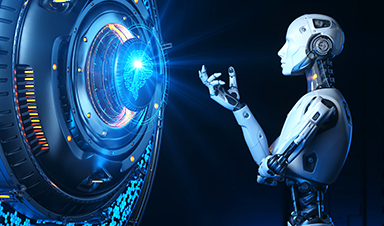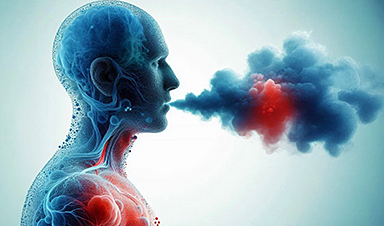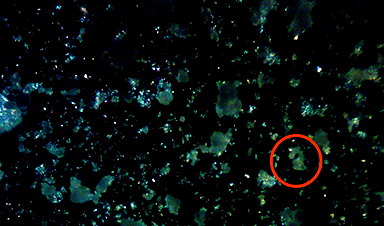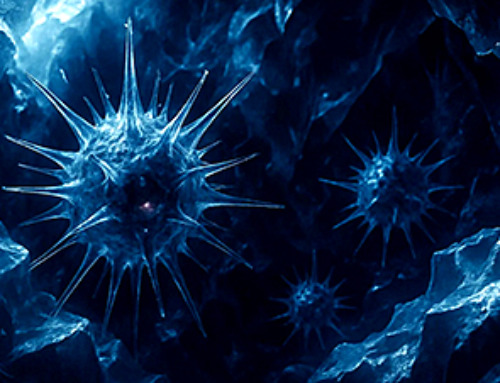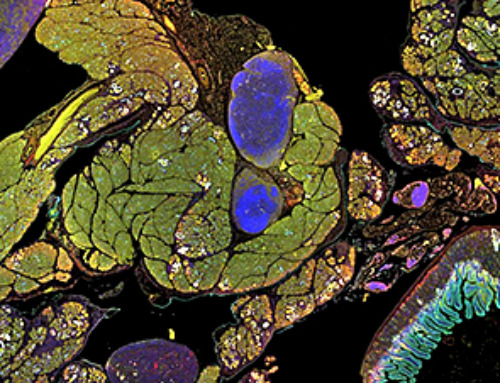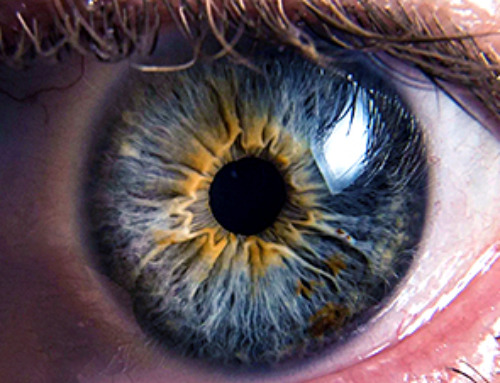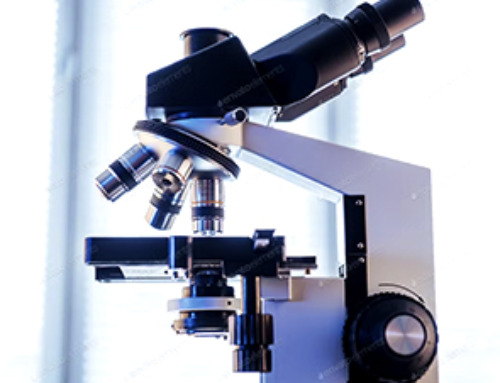One-dimensional (1D) nanostructures exhibit distinct properties that vary from those of bulk materials. They provide significant benefits in designing next-generation batteries due to facile electronic and ionic transport and strong tolerance to stress changes. Thus, contributing to the high performance of energy storage systems.
A review article published in Advanced Functional Materials systematically reviewed the latest research on rechargeable battery-based 1D nanostructures. This review highlighted a few important 1D nanostructuring methods and summarized in situ 1D nanostructure-based structural characterizations that facilitate atomic-scale monitoring of the structural evolution dynamics and reaction kinetics of electrode materials.
The stabilization of metal anodes and 1D nanostructuring in solid-state electrolytes have also been highlighted because they are not only vital for prevailing battery research trends but are also rarely covered in earlier studies.
1D Nanostructures in Batteries
Low-dimensional nanomaterials have unique properties that are not observed in macroscale materials and have applications in rechargeable batteries. Electrode materials with 1D nanostructures facilitate fast ion or electron transport, along with large contact areas between the electrode and electrolyte.
Incorporating 1D nanostructures with hierarchical, interfacial, or tubular porous geometries further accelerates electrochemical reactions by providing several active sites, short ion diffusion lengths, and strain relaxation.
The high aspect ratio of 1D nanostructures enables self-integration, which promotes the development of three-dimensional (3D) functional structures for additional battery components. However, such self-integration is unachievable through zero-dimensional (0D) or two-dimensional (2D) nanostructures owing to their low aspect ratio.
1D nanostructures stabilized metal anodes in rechargeable batteries by rendering lithiophilic 3D interlinked nanofiber-based scaffolds, which facilitate uniform metal deposition, enhance stability during stripping and metal plating, and provide adequate channels for ion transportation.
Additionally, 1D nanostructures offer novel experimental techniques and tools for the practical determination of the physicochemical characteristics of electrode materials, providing guidelines for developing high-performance batteries.
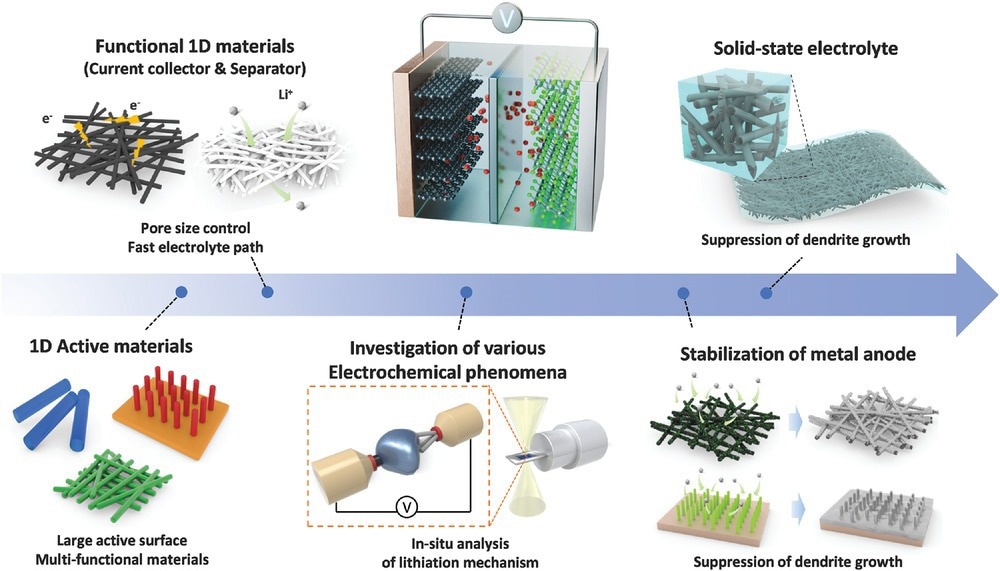
Schematic illustration on the employment of 1D nanostructures for multifunctional applications, ranging from active materials to solid-state electrolyte. © Cheong, J. Y., Cho, S.H., Lee, J., Jung, J.W., Kim, C., Kim, I.D. (2022).
Synthetic Methodologies Towards 1D Nanostructures and Their Limitations
Among the methodologies for synthesizing 1D nanostructures, solvothermal and hydrothermal synthetic strategies face several challenges, including structural predictability and control, which remain elusive in compositionally complex systems obtained via these synthetic routes. Hence, it is challenging to synthesize amorphous structures using solvothermal and hydrothermal methods.
Moreover, the formation and evolution mechanisms of various inorganic semiconducting nanostructures have been limited to hypothetical interpretations. Thus, integrating in situ transmission electron microscopy (TEM) or X-ray diffraction (XRD) into an autoclave enables the observation of reaction dynamics during crystal formation.
Chemical vapor deposition (CVD) is more favorable than the solvothermal or hydrothermal synthesis of 1D nanostructures because it allows precise or controlled synthesis. Moreover, their low production efficiency can be fixed by increasing the heating zones of the device to produce sufficient material. Although most CVD processes occur at high temperatures, synthesizing 1D nanostructures via plasma-enhanced CVD enables the process at a lower temperature.
On the other hand, the key advantages of the electrodeposition approach are low-temperature synthesis and applicability to diverse metal substrates. Nevertheless, this method is limited by the difficulty in uniformly controlling the morphology. In addition, it is challenging to employ an insulating substrate for electrodeposition using a template or a template-free method.
Although the sol-gel process is efficient, it requires a high-quality gel precursor and additional post-reaction steps to remove by-products. Electrospinning selectively facilitates the production of continuous 1D nanofibers. However, the insolubility of polymer precursors restricts their adaptability.
Alternatively, 3D printing and lithography techniques are the latest methods for preparing highly porous micro-sized lattice structures. However, these methods are limited by a lack of reliable processes for obtaining sufficient yields, a lack of suitable materials, and multistep processes in lithography techniques. Thus, by overcoming these limitations, 3D nano-printing and lithography techniques can achieve substantial development in terms of utilization and productivity in the design of energy devices.
Scope of 1D Nanostructures in Batteries
Novel battery systems such as spin- and quantum-phase batteries can be developed using 1D nanostructures. While conventional batteries provide a sustained voltage bias that can power electronic circuits by storing chemical energy, a phase-coherence-based quantum phase battery offers a quantum circuit wave function with persistent phase bias.
Owing to the unique characteristics of quantum mechanics, researchers have anticipated that batteries in the quantum phase would experience faster charging. Using 1D nanostructures has also proven the viability of rechargeable spin batteries. By applying a strong magnetic field to nanomagnets in a magnetic tunnel junction, spin batteries may store energy in magnets rather than through chemical processes.
Thus, 1D nanostructures provide enormous potential for developing new batteries and serve as a foundation for studying electrochemical dynamics using in situ or operando characterization techniques.
Conclusion
In summary, 1D nanostructures have substantially contributed to advances in battery science. The short pathways of ion or electron transport, large surface areas, and the ability for effective strain relaxation of 1D nanostructures offer excellent electrochemical performances that are not found in bulk materials.
Furthermore, constructing a nanoscale probe with a single 1D nanostructure helps investigate the electrochemical dynamics and fundamental mechanism with high resolution. This will contribute to the development of future batteries.
In addition to electrochemical analysis, integrating artificial intelligence (AI) technology is expected to contribute to significant advancements in 1D nanostructuring for real-world battery applications.
News
Studies detail high rates of long COVID among healthcare, dental workers
Researchers have estimated approximately 8% of Americas have ever experienced long COVID, or lasting symptoms, following an acute COVID-19 infection. Now two recent international studies suggest that the percentage is much higher among healthcare workers [...]
Melting Arctic Ice May Unleash Ancient Deadly Diseases, Scientists Warn
Melting Arctic ice increases human and animal interactions, raising the risk of infectious disease spread. Researchers urge early intervention and surveillance. Climate change is opening new pathways for the spread of infectious diseases such [...]
Scientists May Have Found a Secret Weapon To Stop Pancreatic Cancer Before It Starts
Researchers at Cold Spring Harbor Laboratory have found that blocking the FGFR2 and EGFR genes can stop early-stage pancreatic cancer from progressing, offering a promising path toward prevention. Pancreatic cancer is expected to become [...]
Breakthrough Drug Restores Vision: Researchers Successfully Reverse Retinal Damage
Blocking the PROX1 protein allowed KAIST researchers to regenerate damaged retinas and restore vision in mice. Vision is one of the most important human senses, yet more than 300 million people around the world are at [...]
Differentiating cancerous and healthy cells through motion analysis
Researchers from Tokyo Metropolitan University have found that the motion of unlabeled cells can be used to tell whether they are cancerous or healthy. They observed malignant fibrosarcoma cells and [...]
This Tiny Cellular Gate Could Be the Key to Curing Cancer – And Regrowing Hair
After more than five decades of mystery, scientists have finally unveiled the detailed structure and function of a long-theorized molecular machine in our mitochondria — the mitochondrial pyruvate carrier. This microscopic gatekeeper controls how [...]
Unlocking Vision’s Secrets: Researchers Reveal 3D Structure of Key Eye Protein
Researchers have uncovered the 3D structure of RBP3, a key protein in vision, revealing how it transports retinoids and fatty acids and how its dysfunction may lead to retinal diseases. Proteins play a critical [...]
5 Key Facts About Nanoplastics and How They Affect the Human Body
Nanoplastics are typically defined as plastic particles smaller than 1000 nanometers. These particles are increasingly being detected in human tissues: they can bypass biological barriers, accumulate in organs, and may influence health in ways [...]
Measles Is Back: Doctors Warn of Dangerous Surge Across the U.S.
Parents are encouraged to contact their pediatrician if their child has been exposed to measles or is showing symptoms. Pediatric infectious disease experts are emphasizing the critical importance of measles vaccination, as the highly [...]
AI at the Speed of Light: How Silicon Photonics Are Reinventing Hardware
A cutting-edge AI acceleration platform powered by light rather than electricity could revolutionize how AI is trained and deployed. Using photonic integrated circuits made from advanced III-V semiconductors, researchers have developed a system that vastly [...]
A Grain of Brain, 523 Million Synapses, Most Complicated Neuroscience Experiment Ever Attempted
A team of over 150 scientists has achieved what once seemed impossible: a complete wiring and activity map of a tiny section of a mammalian brain. This feat, part of the MICrONS Project, rivals [...]
The Secret “Radar” Bacteria Use To Outsmart Their Enemies
A chemical radar allows bacteria to sense and eliminate predators. Investigating how microorganisms communicate deepens our understanding of the complex ecological interactions that shape our environment is an area of key focus for the [...]
Psychologists explore ethical issues associated with human-AI relationships
It's becoming increasingly commonplace for people to develop intimate, long-term relationships with artificial intelligence (AI) technologies. At their extreme, people have "married" their AI companions in non-legally binding ceremonies, and at least two people [...]
When You Lose Weight, Where Does It Actually Go?
Most health professionals lack a clear understanding of how body fat is lost, often subscribing to misconceptions like fat converting to energy or muscle. The truth is, fat is actually broken down into carbon [...]
How Everyday Plastics Quietly Turn Into DNA-Damaging Nanoparticles
The same unique structure that makes plastic so versatile also makes it susceptible to breaking down into harmful micro- and nanoscale particles. The world is saturated with trillions of microscopic and nanoscopic plastic particles, some smaller [...]
AI Outperforms Physicians in Real-World Urgent Care Decisions, Study Finds
The study, conducted at the virtual urgent care clinic Cedars-Sinai Connect in LA, compared recommendations given in about 500 visits of adult patients with relatively common symptoms – respiratory, urinary, eye, vaginal and dental. [...]
